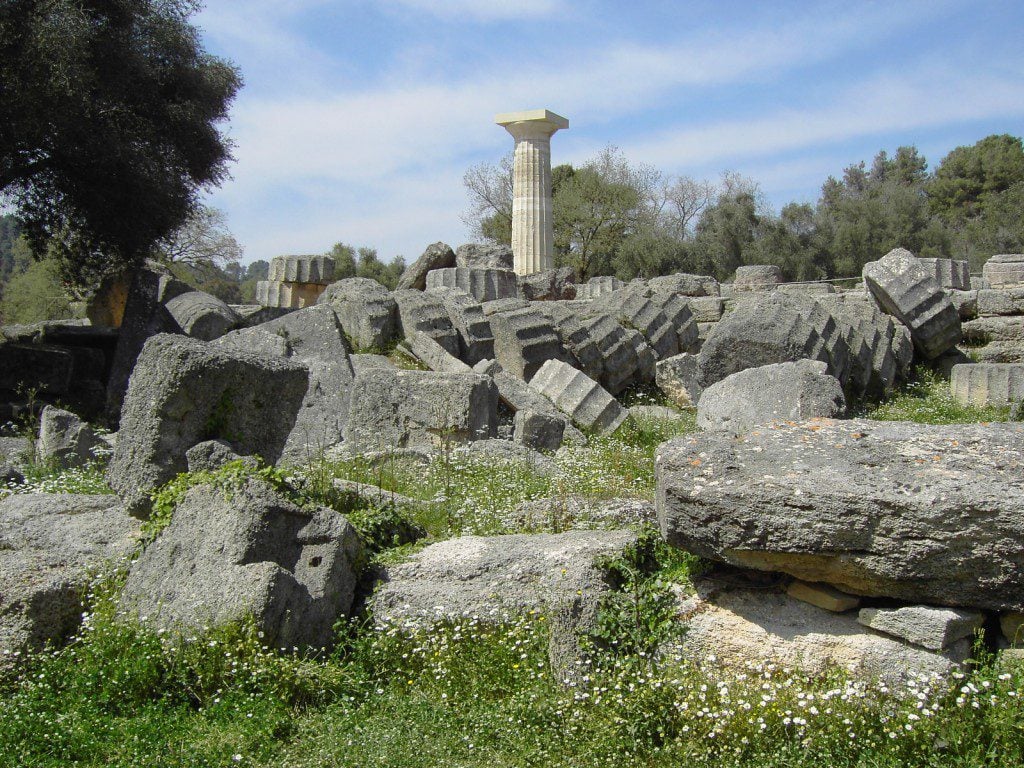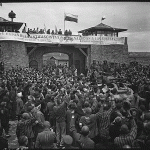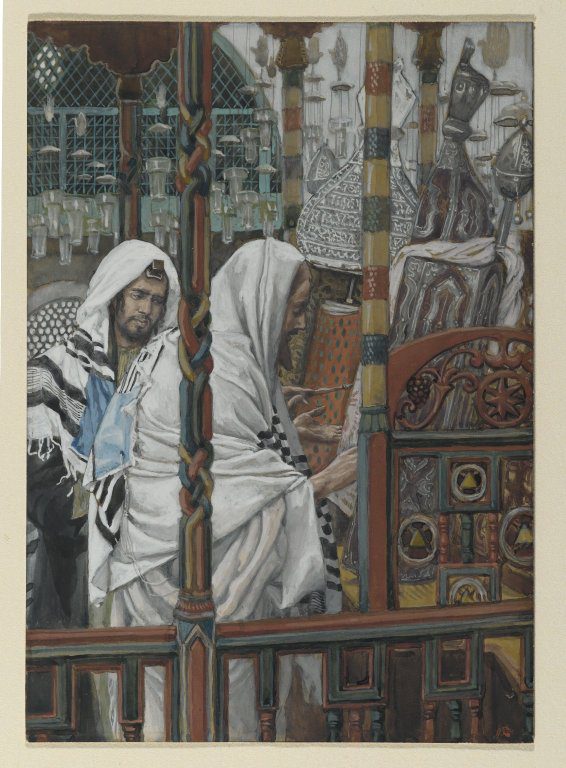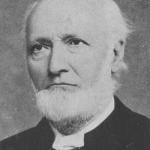
Photo by Napoleon Vier, NL (Wikimedia Commons public domain photograph)
I published the article below in the Provo Daily Herald on 1 December 1999:
The approach of the year 2000 has led to much reflection, speculation, and arrant nonsense. For some it has become an excuse to celebrate the “party of the millennium.” Some fear the economic and social chaos of the Y2K bug. Others expect the apocalypse; hundreds are flocking to Jerusalem to prepare for what they believe to be the imminent return of Christ.
Few stop to ask if the coming New Year’s day will actually be the beginning of year 2000. The answer depends on how you cut the calendrical pie. Each great religion and civilization has had its own method of reckoning time and formulating calendars, based on different assumptions, practices, calculations and beliefs.
Year One of the Roman calendar was 753 BC, the traditional date of Rome’s founding. Greeks often calculated from the first Olympic games in 776 BC. Muslims commence their reckoning from Muhammad’s arrival in Medina. In the Christian calendar, this corresponds to 622 AD, which would seem at first glance to make 2000 AD correspond to the Muslim year 1378. However, the Muslim calendar is based on twelve lunar months and is eleven days shorter than our solar year, meaning that our 2000 is the Muslim year 1421. For the Chinese, the Christian year 2000 is actually year 4698.
Many, including ancient Christians and Jews, began their calendars with the anno mundi, the year of the world’s creation. For the ancient Maya, this occurred in 3113 BC. One might expect Jews and Christians to agree on the year of creation, based on biblical chronology. However, differing assumptions, gaps, overlaps and manuscript variants have produced many rival calculations. For the rabbis, creation occurred in 3760 BC, making AD 2000 earth’s 5760th year. For Greek Orthodox Christians, the year of creation was 5508 BC. Catholic Dante almost concurred, believing the world was created in 5198 BC. Many Protestants follow Archbishop Ussher’s calculations, accepting 4004 BC as the year of creation.
Who, then, devised the calendar we now use, which calculates this coming year as the 2000th since the birth of Christ? Our current chronological system was established by the Scythian monk Dionysius Exiguus in the early sixth century AD. He calculated the annunciation of the birth of Christ as occurring on 25 March, 1 AD — that is, nine months before the birth of Christ, which was celebrated on December 25th. The annunciation, rather than the birth of Christ, was considered to be the moment of God’s incarnation (as a fetus in the Virgin Mary’s womb). March 25th, the vernal equinox, was also thought to have been the first of the seven days of creation, and, for centuries, many countries celebrated it as the Christian New Year.
Unfortunately, however, Dionysius seems to have erred in his calculations. Modern research demonstrates that Herod the Great died in 4 BC. And since Jesus was born before Herod died (Matthew 2:1), it is fairly certain that Jesus was born in or before 4 BC, and, therefore, that the 2000th year since the birth of Jesus was actually 1996. The real dawning of the third Christian millennium appears to have occurred while few noticed — four years ago.
Matters are further complicated by the fact that the Roman Julian calendar — created by Julius Caesar in 46 BC — erred slightly in calculating leap years. By 1582, the astronomical vernal equinox, used to determine Easter, was occurring ten days ahead of the calendar’s March 25th. Convening a body of astronomers, Pope Gregory XIII revised the faulty calculations and ordered ten days surreptitiously removed from the calendar in order to return it to proper alignment with the astronomical seasons. He also shifted New Year from the ancient Christian March 25th to the Roman 1 January. This Gregorian calendar is still used today and is the basis of our modern calculation of New Year’s Day, although some Greek Orthodox, rejecting the Pope’s authority, retained the old calendar. (It is now thirteen days behind ours.)
Given the variables, calculating the two thousandth year after Christ precisely becomes problematic. In any case, if we accept Dionysius’s placement of the birth of Christ at 25 December, 1 AD, the two thousandth year actually begins in 2001, not 2000.












